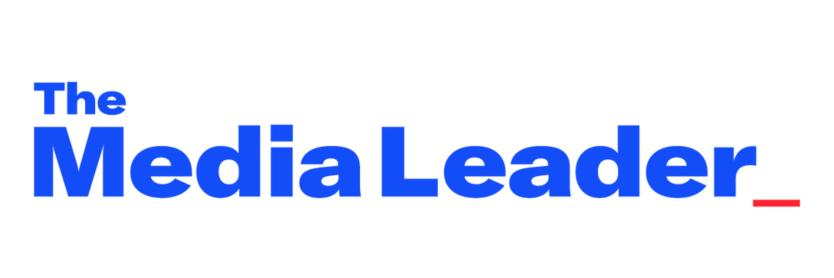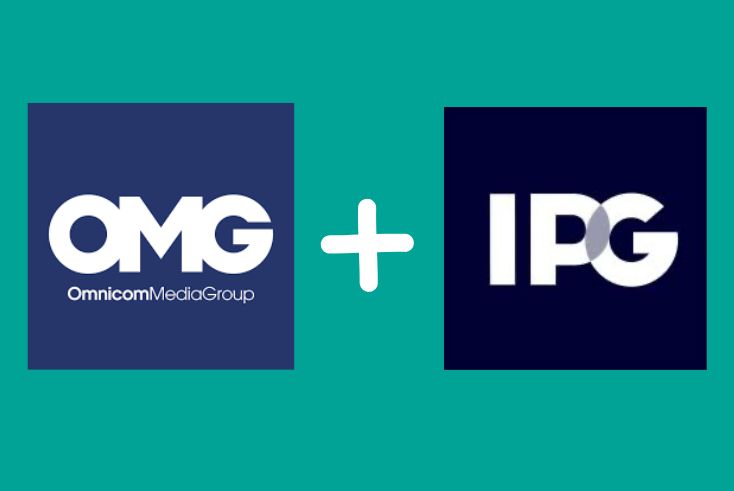Strategies for mental wellness success during your hectic Q4

Opinion, by Lou Thompson
Getting through Q4 with your mental health intact can be a challenge. Prioritising wellness and setting clear work-life boundaries are key to a happy and successful end of the year.
Brace yourself. The super-busy season starts now, and it’s all hands, brain cells and energy on deck for the push through until Christmas.
We know that Q4 can be an extremely challenging time for our industry. Multiple projects need to be launched before the Christmas break. Budgets zoom into a laser-focus view, bringing pressure as well as planning. Time is tight and becomes tighter as priorities elbow each other out of the way for your attention. Add to that pitches and business as usual and you have a few very demanding months with which to contend.
What makes this extra challenging is that as demands increase, people’s energy, focus and general mental wellness can decline. It’s a hard slog until Christmas.
So how best to get through it?
Mental wellness as a non-negotiable
Firstly, address the quandary. Don’t just settle for it as a stressful norm. At a time of year where overwork is the main issue, your initial response may be, The work needs doing, and that’s that. However, not much will get done, and certainly not anything of quality, if your teams are so stressed or burnt out that they have difficulty operating.
Q4 is the quarter in which arguably we most need to take care of ourselves and our teams. However, it’s also the quarter in which we have the least amount of time or headspace in which to do so.
The starting point is to reframe mental wellness support as a central and non-negotiable piece of your Q4 activities, and to build it into the core of how you operate.
According to All Ears, our 2023 community consultation, 71% of respondents want mental wellness to receive more support in our industry. The mental wellness conversation needs to open up, and especially so throughout times of acute stress.
Communication is key here, from asking the right questions to practicing active listening. Ask your team members regularly how they’re doing, and really listen to what they’re telling you. That’s the first step towards finding solutions to whatever’s cropping up, rather than ignoring warning signs and burying them under busyness.
Fostering an open culture, where mental wellness can be discussed, is crucial – so much so that we run a workshop on it, Managing Mental Wellness conversations.
Set boundaries
We always quote our brilliant support team on the question they ask everyone who calls the NABS Advice Line: “What do you most need?” This is a great question to ask anyone who comes to you with an issue, and remember — you don’t have to have all of the answers. Explore solutions together, and reach out to other resources for help if necessary — our support team for example, who can help with any range of problems.
Boundaries are key here, both for yourself and for your team members. If something becomes too much, empower your teams (and yourself) to have discussions that can help to manage expectations around workloads.
Make clear that there has to be a point when the working day stops, and people can recharge with personal time. The temptation to be ‘always on’ when it’s so busy is strong, but continually letting work encroach into personal time leads to unhappiness, exhaustion, anxiety and more. It’s crucial to have discussions that can help to prevent such difficulties and to prioritise downtime to enable people to recharge so they can be their best during one of the busiest delivery quarters and reach the end of the year with their mental health intact.
Encourage changes of scenery that can be incorporated into the working day. Sitting at a desk all day with no breaks does nothing for mental wellness or creativity, let alone physical health. For example, walking meetings are one way to get people up and moving while keeping the flow of the work day going – I have to remind myself to get out for some fresh air sometimes, and I always feel the benefits after.
Take time for training
Another small yet productive change of scenery to consider is a short training course, like NABS’ range of free courses. Delegates can take a few hours out of their day and learn tools and insights to help them manage their mental wellness during busy periods and beyond. Even in the most hectic of times, it can be well worth catching a breath, learning something new and coming back refreshed, recharged and suitably bolstered to tackle Q4’s challenges.
We’re passionate about the power of social connection when it comes to supporting wellness. It’s a phenomenon Bruce Daisley, workplace culture expert, delves into in his must-read Fortitude. It’s all too easy for people to get head down into work during busy season, without surfacing for air or conversation with other people. Find opportunities for your teams to connect with each other, both online and in real life, to bounce ideas, share problems and be hopefully be uplifted by each other’s company and the sense that we’re all in it together.
At the end of Q4, congratulate yourselves and conduct a post-season review. What worked well in terms of team support? What do you wish you’d implemented? Store your findings for next year, for even more success during the next busy season.

Lou Thompson is marketing director at NABS.
For support with any of the issues raised, contact NABS.

À lire plus tard
Vous devez être inscrit pour ajouter cet article à votre liste de lecture
S'inscrire Déjà inscrit ? Connectez-vous









